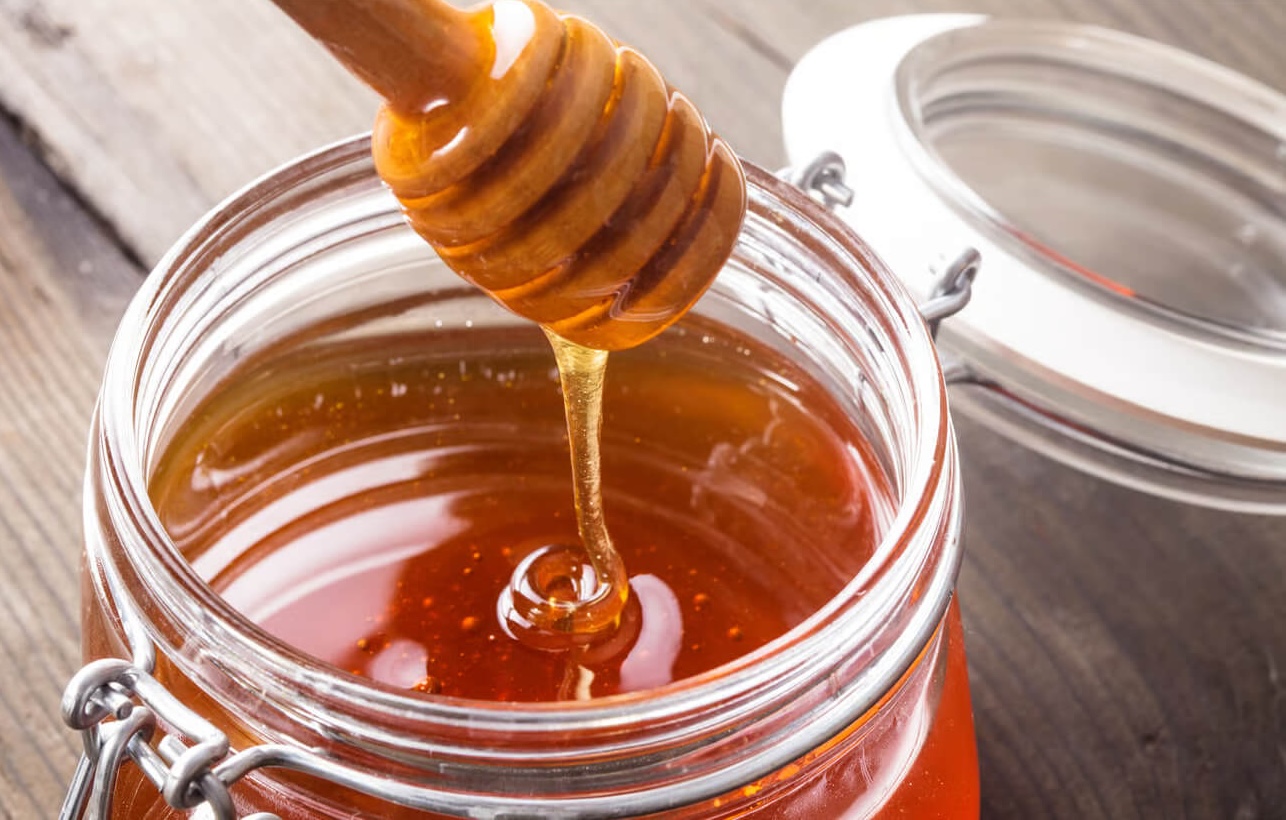Is Raw Honey The Latest 'Superfood'?
Is raw honey the wellness world’s latest superfood—or just sugar in a prettier jar?

Let’s talk about the wellness world’s latest darling: raw honey. It’s touted as a gut booster, brain enhancer, and microbe killer—but is raw honey truly a superfood? Or is it just regular honey with better marketing?
What’s The Difference?
While regular honey gets heated and filtered until it’s golden and pourable, raw honey comes straight from the honeycomb (which is why it’s cloudier and grittier).
Since raw honey skips the heavy processing, it retains most of the honeycomb’s natural components, including pollen, enzymes, antioxidants, vitamins, plant compounds, and even the occasional dead bee. (Don’t worry about slathering a bee on your morning toast—impurities are strained out before bottling!)
The Science Behind Raw Honey’s Benefits
Raw honey sounds healthy on paper. But does the science agree? Here’s what the research says:
1) Blood Pressure and Blood Sugar Benefits
In a 12-month study, researchers compared the effects of Tualang Honey against a “Honey Cocktail” (made with honey, bee bread, and royal jelly) on postmenopausal women (Wahab et al., 2018). They found that:
- Women who ate the plain Tualang honey saw meaningful drops in both blood pressure and blood sugar levels, but no difference in cholesterol levels or body composition.
- Meanwhile, the honey cocktail group maintained a stable BMI throughout the year but showed no improvements in blood sugar levels.
Note: While this study is promising for those with high blood pressure, more research is needed before we can confidently draw conclusions.
2) Antioxidant Activity
Raw honey has hundreds of flavonoids and phenolic acids that act as natural antioxidants. These small (but mighty) plant compounds neutralize harmful molecules that can contribute to aging, heart disease, and even cancer.
Lab studies show they may also offer antibacterial, anti-allergic, and anti-clotting benefits. Interestingly, darker honeys have more of these protective compounds than their lighter counterparts.
3) Healthy Gut Microbiome
Raw honey contains prebiotic fibers called oligosaccharides, which feed the “good” bacteria in your gut. And as those friendly bacteria grow stronger, they suppress harmful ones such as E. coli and Salmonella.
4) Antimicrobial Effects
Beyond feeding good bacteria, raw honey can also destroy harmful bacteria that cause stomach ulcers (H. pylori) and serious infections (Staphylococcus aureus). Manuka honey is especially powerful at suppressing harmful germs thanks to a special compound called methylglyoxal (MGO).
5) Lower Blood Sugar Impact
When you eat honey, your blood sugar doesn't spike quite as dramatically as it would with regular table sugar or high-fructose corn syrup. However, this doesn’t make honey a “free pass.”
If you're dealing with pre-diabetes, insulin resistance, or menopause-related metabolic changes, honey is just slightly less harsh on your blood sugar than other sweeteners.
The Downsides (Because There Always Are Some)
First, honey is calorie-dense. One tablespoon contains about 64 calories, so it’s easy to overdo it. And in rare cases, raw honey may trigger allergic reactions due to its pollen content.
But the other thing we need to call out is that when it comes to raw honey specifically, the research is pretty limited. Most of the studies mentioned simply say “honey” without specifying whether it's raw or processed.
This makes it difficult to know whether raw honey's extra enzymes and compounds deliver the superior benefits that wellness enthusiasts claim.
Verdict: Superfood or Overhyped?
So, is raw honey worth the “superfood” buzz? I say no. It’s not a “superfood” in the way leafy greens or fatty fish are, but it doesn’t hurt to add a small amount of raw honey to your diet. It’s a better choice than refined sugars, offers antioxidant and anti-inflammatory properties, and may benefit gut health.


